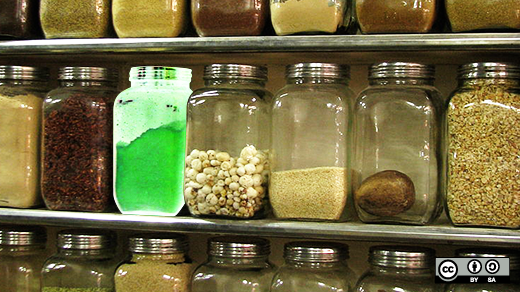The open government movement has become super-charged over the last year. Largely in part to the people and organizations on the front lines. At the 2013 Code for America Summit held in San Francisco, California, I got a chance to speak with some of the people who are volunteering their time, finding better ways to make government work for us, and bridging the gap for citizens to access and participate in their government.
I asked them some questions to gather insight into why we’re experiencing more interest in civic hacking and civic participation. I also wanted to hear from Code for America brigade captains and fellows as well as civic community leaders to get a better understanding of what makes a great Code for America project.
Next, I focused on how these folks strive to create a culture of innovation in government both great and small. They shared some excellent wisdom with me. Like, Chase Wilson, from Code for Kansas City: he says the three keys to successful government innovation are hunger, awareness, and permission. Or, like, Abhi Nemani, from Code for America, who advises citizens to just keep asking questions.
Check out all of the advice I gathered that day on creating a culture of innovation in government. I welcome your insights in the comments.

What makes a Code for America project successful?
Brian Gryth, Program Manager, State of Colorado
A project that is very focused. It’s a real problem. A problem the community has vocalized and vetted. Even if it’s a stretch, a project that can realistically be completed in a year. Long-term cultural changes are not a good fit. It has to be achievable. It has to have a successful hand-off and transition, a way that the city can take over or the project that can live on.
Burt Lum, Code for Hawaii
A good brigade program can identify the need in the community and scale it in a way that doesn’t require the government to buy anything. It leverages interests of individuals who want to keep the flame burning. I’ve seen the brigade at the stage where it was just an idea and watched it move to an effort. They’ve [Code for America] figured out how to organize and find resources to support the brigade. How to engage the brigades in meaningful programs, things like Google on air hangouts, captain how-tos, etc. for those of us in the field. These initiatives keep the momentum going. Lastly, identifying tools, processes, and techniques that create sustainability is a key to success.
Harlan Weber, Code for Boston
Scalability and redeployment. Especially for the brigade and for the Code for America commons. I think it would be interesting to see projects become more modular, more of a toolkit to solve city problems. Don’t build at the top level, but build the building blocks that make the platform. (Jason Denziac, 2014 CfA Fellow) Two rules: solve a real need a real citizen need and build for reuasability. These are the things that make a strong project. If you build something for you community, its meaningful. If you build it right, then other communities can use it.
Christopher Whitaker, Smart Chicago Collaborative
Civic partnerships. It’s one things for geeks to make things for geeks. But it’s entirely different for someone to partner and support them.
How do you create a culture of innovation?
Jase Wilson, Code for Kansas City
Hunger, awareness, and permission. Hunger for something better and in justice, a lack, or a blaring problem. Awareness for the partners that have the expertise and the community that cares. Permission, know that it’s okay to innovate, but getting the support [for a brigade] of a government partner to be successful.
Catherine Bracy, Code for America
Invest in everyone a the fundamental level. Putting them in a place to make decisions. The person at the counter [in government] has just as much power to fix things as you do. How people can realize they can solve problems themselves. Breaking the "ask" to do things culture.
Scotty Martin, Director of Analytics, City of Denver
We [government] want a safe environment and easy tools to understand (open source software and continuous improvement – these terms are not very hard to get). Teach them the tools and approaches. Empower them (expect innovation). Challenge them to ask why. We teach the five whys of the lean methodology. Peak academy is supporting this type of culture. Creating a sense of service. We are here to be of service of one another. Service first, is an important part of the playbook. It gets people to a place where that’s their law. Tools, environment, and sense of purpose.
Steve Ressler, Govloop Community Manager
Some of the [Code for America] cities have infrastructure needs and intrapreneurship. Having leadership talk about it and walk the walk. The peak academy (video) was a good example, tapping into some creative skills. Fostering and encouraging staff to doing things online (like Twitter) or things offline like the Code for America Summit.
Abhi Nemani, Code for America
Always keep the space to ask another question. There’s a habit on closing out on the first, second, third answer. Push yourself and your team forward. This is how we get good ideas.
What are your thoughts on creating a culture of innovation?
View the complete collection of stories for Open Government Week.







Comments are closed.